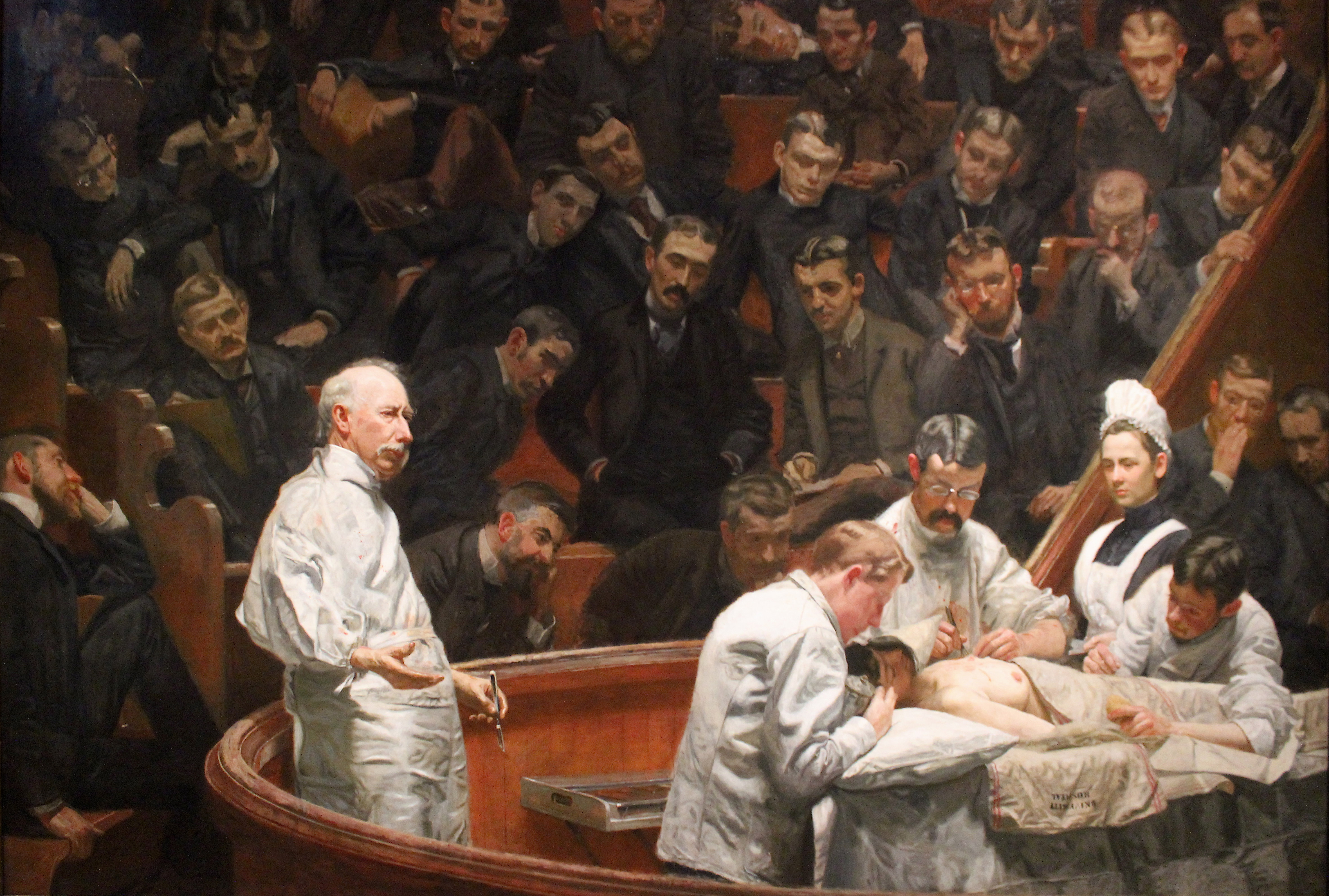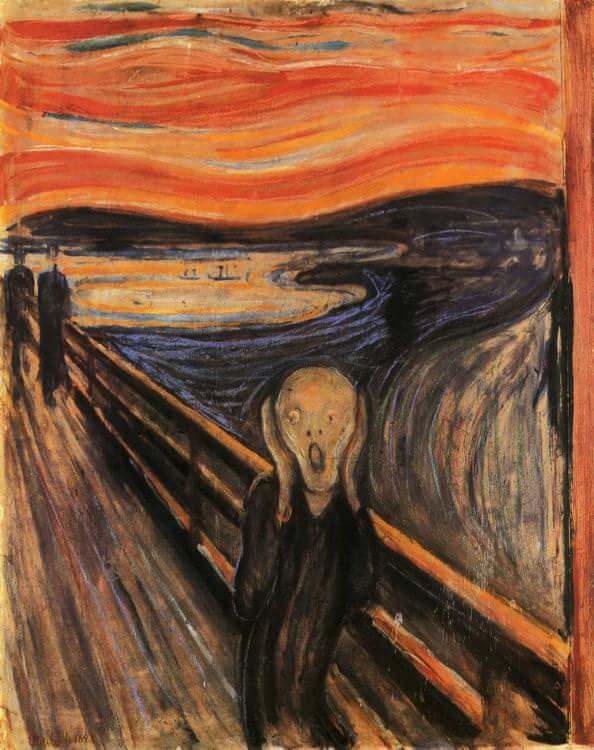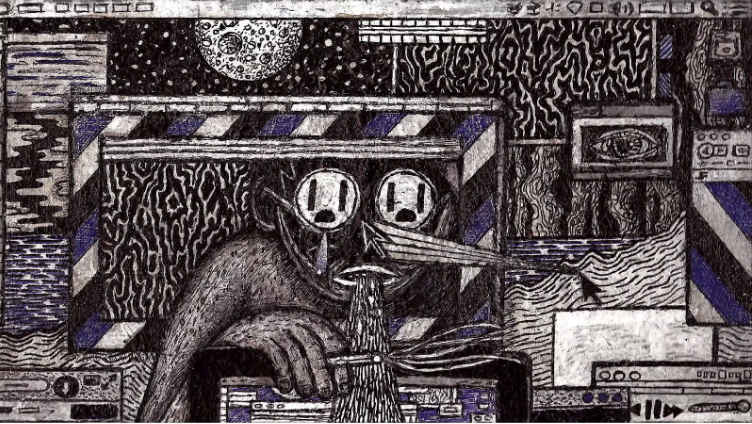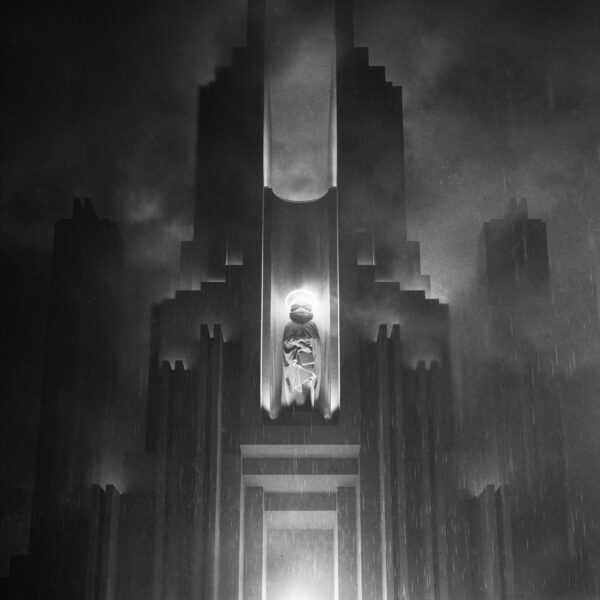Unveiling the Animated Dimensions of Jake Fried’s Art
Join us on an in-depth exploration as we delve into the mesmerizing animation art of Boston-based Jake Fried, unraveling the layers of meaning and immersive visual storytelling that define his captivating body of work. By delving into the social history, influences, and aesthetic choices that shape Fried's work, we gain a deeper understanding of the intricate layers of his artistic psyche.

One way to unravel the artistic motivations and aesthetic choices conveyed through Jake Fried’s animations is to investigate the social history that underlies his work, spanning from the late 20th century to the present day. By examining the specific influences and cultural developments during different periods, such as the rise of digital technologies in the 1990s or the emergence of social media in the early 2000s, we can gain a deeper understanding of how Fried’s animations reflect the evolving landscape of communication and offer insights into our contemporary society.
By drawing inspiration from Alan Braddock’s insightful essay on Thomas Eakins, an American realist painter whose works depicted the complexities of American society in the late 19th and early 20th century, we gain a lens to examine how Fried’s animations respond to the rapidly evolving world of digital communication and information overload. Through this exploration, Fried’s animations emerge as reflections of the complexities and uncertainties of our contemporary society.


To grasp the artistic influences that have shaped Jake Fried’s creative vision, it is essential to explore the key references that inform his animations. Drawing upon the insights of art historian Patricia Berman, renowned for her comprehensive analysis of Edvard Munch’s work, including his iconic piece ‘The Scream,’ which has come to symbolize existential dread, we can delve into the historical clues and artistic influences that have profoundly shaped and inspired Fried’s experimental animations.

By examining the works of Jan Švankmajer, a renowned Czech filmmaker and animator known for his surreal and imaginative style, and Martha Colburn, a contemporary experimental animator recognized for her unique blend of collage, painting, and stop-motion animation, we can draw parallels to Jake Fried’s artistry. Švankmajer’s films often delve into the subconscious and explore the darker aspects of human nature, creating an atmosphere of unease and mystery.

Colburn’s visually captivating animations tackle socio-political themes and employ a dynamic and eclectic visual language. Through their innovative and experimental approaches, these artists inspire us to uncover the threads of innovation and experimentation that weave through Fried’s own animations, infusing them with urgency and emotional depth.

Fried’s animations can be interpreted through the lens of phenomenology, a philosophical approach that explores the structures of consciousness and subjective experience, offering insight into the subjective experience of navigating a fragmented reality. Much like Alan Braddock’s insightful examination of Thomas Eakins’ unique misrepresentations, which shed light on the complexities of American society in the late 19th and early 20th centuries, Fried’s animations become a visual language for the complexities of human consciousness in a digital age. They invite viewers to contemplate their own existence within the chaotic digital landscape, inviting introspection and reflection.

Just as Braddock carefully analyzed Eakins’ artistic choices, we can explore Fried’s decisions in his animations. Fried’s unique visual language emerges through his layering and manipulation of images, merging the tangible and intangible, the real and surreal. By employing organic materials such as ink, white-out, and coffee, he adds a tactile quality to his animations, blurring the boundaries between the physical and the digital realms.

By delving into the social history, influences, and aesthetic motivations that shape Jake Fried’s animations, we unravel a complex tapestry of artistic expression. Fried’s work stands as a testament to the power of animation in exploring the depths of human experience and the complexities of contemporary society. As we immerse ourselves in the mesmerizing visuals and intricate narratives of his animations, we are reminded of the profound connection between art, technology, and the human psyche. Jake Fried’s animations invite us to question our own fragmented realities and engage in a transformative journey through the layers of his artistic imagination, leading us on an introspective path through the eye-catching and mind-bending realms that he creates.


